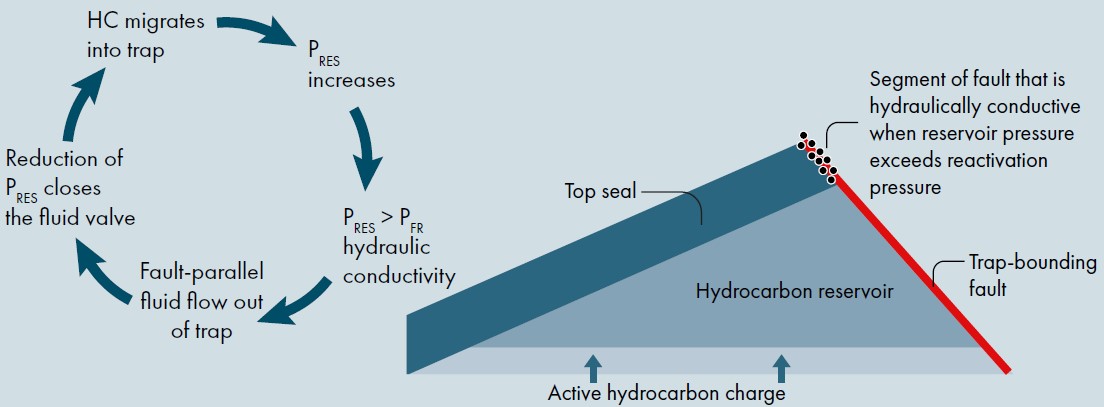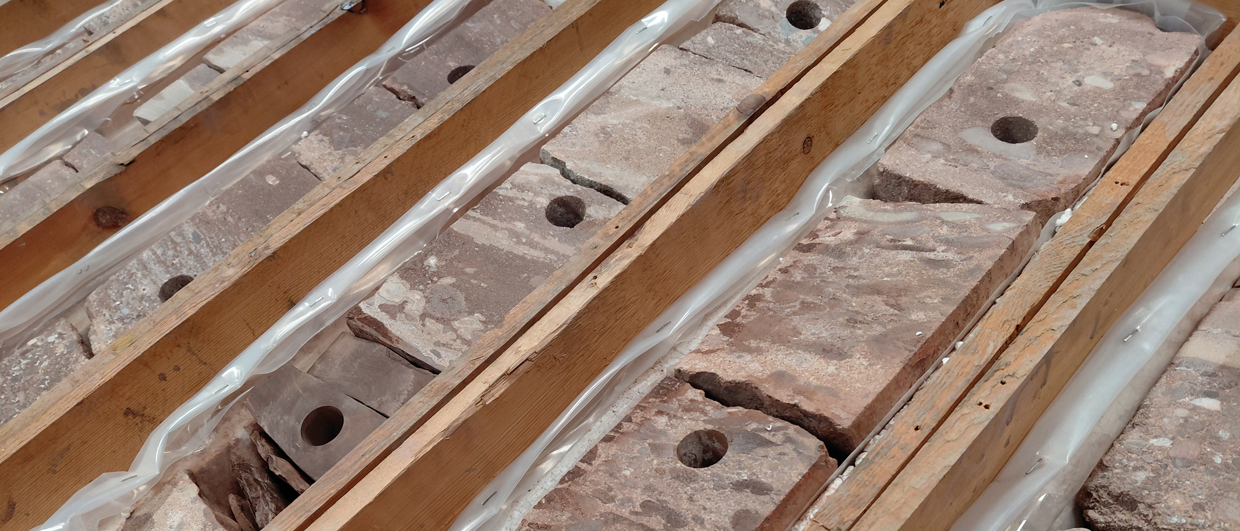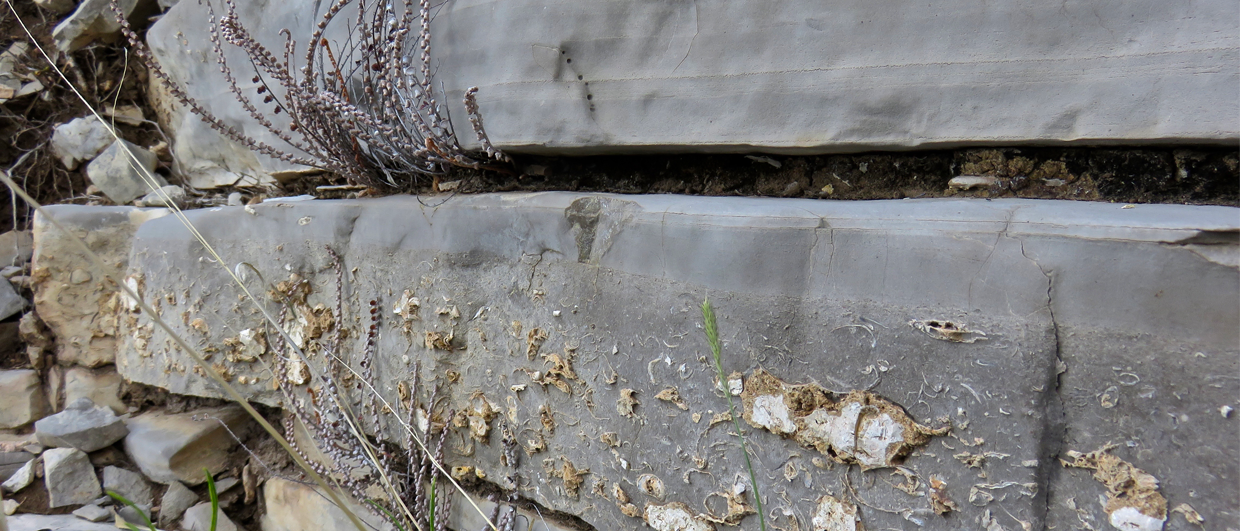When evaluating fault-bound traps, it is common practice to map around-the-fault pathways through diligent seismic interpretation, juxtaposition diagrams, and 3D structural framework construction. It is also common practice to address across-fault sealing and evaluate hydrocarbon column heights by using industry-standard clay-smear algorithm correlations. Yet, quantifying along-fault hydraulic conductivity through fault-reactivation pressure is rare in trap evaluation, despite faults being considered as migratory pathways.
Fault reactivation pressures are calculated using the critically stressed fault concept related to shear failure. This geomechanical concept was applied in a study on an underfilled fault-bound oil field off the coast of Sabah, offshore Malaysia. The primary fault extends near the seabed, and the quality of seismic imaging above the crest of the trap is diminished. This reduction in image quality is interpreted as indicative of a gas cloud. The study identified a connection between the initial reservoir pressure, the hydrocarbon column height, and the fault reactivation pressure on a critical segment of the fault near the crest of the trap. Furthermore, the fault reactivation pressure is lower than the minimum horizontal stress.

It is hypothesized that an increase in reservoir pressure at the critical fault segment can trigger fluid flow along the fault and out of the trap. The cyclical nature of this dynamic behaviour is referred to as fault-valve after Sibson’s original model published in 1990. In an active petroleum system, it forms a credible way to explain fluid release from a trap in addition to the other pathways mentioned above.
Recognizing that along-fault fluid flow can control the hydrocarbon column in a trap is not new. However, applying the critically stressed fault concept to evaluate fault-bound traps is rarely done. Reasons for this may be that the concept is not appreciated by all geoscientists. Also, many integrated subsurface software packages do not carry a fault reactivation module in their fault interpretation or structural framework section. Lastly, there is significant uncertainty associated with fault strength parameters, which may be considered too wide to yield meaningful results.
The critically stressed fault concept and its related fault-valve model are considered viable trapping mechanisms, impacting existing exploration, appraisal and production projects. This is particularly relevant when recognizing that preferentially oriented faults have the potential to leak at fluid pressures below the minimum horizontal stress.





